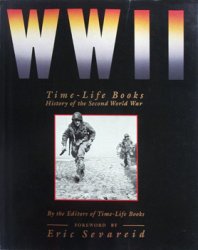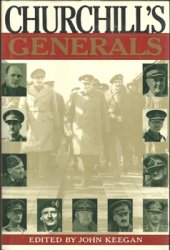Operation Dixie, as the southern labor organizing drive came to be known, was an attempt by the Congress of Industrial Organizations (CIO) to unionize southern industrial workers.
Launched in 1946, the labor-organizing drive experienced some successes, but it was largely a failure because of the CIO’s indecision on how to best approach the campaign—as a militant and heroic march into the South or as a less spectacular and more methodical mission.
Since the early days of the CIO, the South appeared to be a natural arena for mass labor organization. The southern labor force numbered over 1.5 million in a diverse array of industries, from mining to manufacturing to textile mills. The South did present unique problems in unionization, for racial lines divided the labor force. While the CIO found strong enthusiasm for organization among black workers, the desire to appeal to whites, who wanted no part in biracial unions, tested the CIO’s commitment to egalitarianism. There was also very little tradition of union activism to build upon in the South, which, unlike northern industrial regions, lacked dedicated union sympathizers within the nonlabor community.
The South was too critical a labor battleground to ignore, however, and CIO leaders in the 1940s became increasingly focused on its conquest. A 1939 CIO prospectus read, “As long as the South remains unorganized, it constitutes the nation’s number one economic problem and is also a menace to our organized movement in the North and likewise to northern industries.” The region’s low wages, potential for industrial growth, and influence in congressional politics and on federal legislation made it a prime target for CIO organizing efforts.
From the beginning of the southern drive in the winter of 1946, conflicting perspectives divided the nature of the undertaking. While cautious-minded organizers avoided heroic rhetoric, knowing that it would only alarm fearful southern workers and alert antiunion forces, more radical and spirited CIO leaders trumpeted the movement as a conquest of interests. One headline in the organization newsletter, The CIO News, announced the mission as the “Holy Crusade.” Experienced southern organizers, such as Textile Workers Union of America vice president George Baldanzi, who had successfully organized some 13,000 cotton workers in Virginia, warned against too militant an approach. “We must clear up. . . the erroneous impression that this is an “Operation Dixie,” said Baldanzi in 1946. Cautious minds within the CIO feared that southern workers would associate the unionizing effort with strikes, violence, and community turmoil.
Resistance to organization in the South was strong, and recruiters deployed to rally union support soon faced the harsh reality of an unresponsive labor force. Antiunion sentiment permeated all facets of southern communities. Local religious leaders mockingly declared that CIO stood for Christ Is Out, perpetuating the belief held by many southerners that northern union organizers were godless leftists. Local politicians, in connection with the Southern States Industrial Council, warned that the CIO would give blacks social and economic equality and southern democratic institutions would crumble.
In fact, the southern drive did little to challenge segregation in the South. CIO leaders advocated avoiding the civil rights question entirely. Van Bittner, director of the CIO’s Southern Organizing Committee, declared, “We are not mentioning the color of people.” While recognizing the importance of black workers in southern industry, Bittner saw that any connection with a larger social agenda would only hurt the union drive.
Though there were minor successes, union organizers often found the membership drive an impossible task. The CIO realized that their teams were unable to establish in-plant committees in order to gain a foothold within the labor force. Organizers accepted as a minor victory the fact that workers took their leaflets or bothered to take a copy of union newspapers. Though the movement fell short of the CIO’s expectations by the end of 1946, the organization drive sputtered on throughout the South, almost as an afterthought, until 1953. Critics argued that the operation focused too heavily on the nearly unbreakable textile industry, rather than building upon successes in other areas. Political content had been absent from the campaign, much to the frustration of more left-leaning CIO functionaries, but the political climate of the late 1940s clearly veered to the conservative right. By the end of “Operation Dixie,” CIO leaders came to understand that the mass organization glory days of the 1930s had passed, and the heroic street tactics of labor unionizing had to be replaced by a more responsible, progressive, and altogether respectable agenda.
Further reading: Robert Zieger, The CIO: 1935-1955 (Chapel Hill: University of North Carolina Press, 1995).
—Guy R. Temple




 World History
World History









